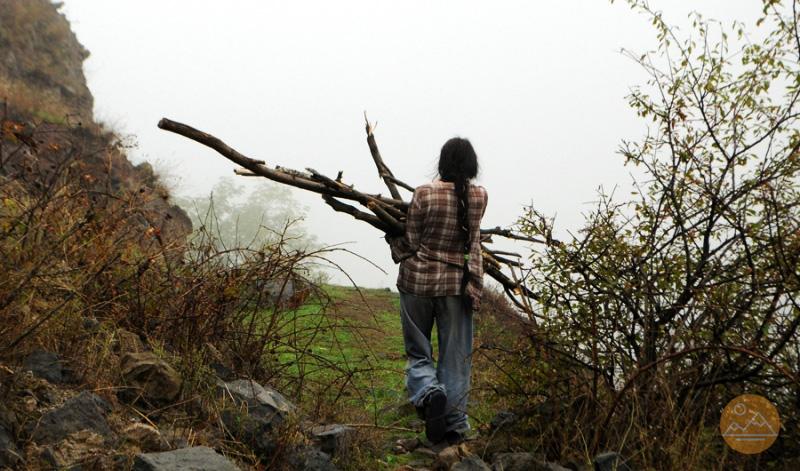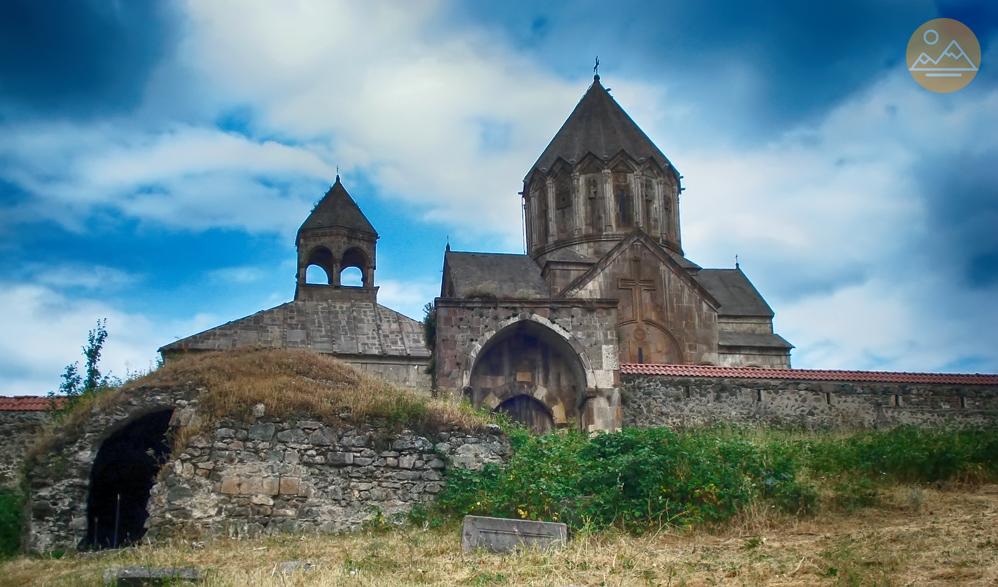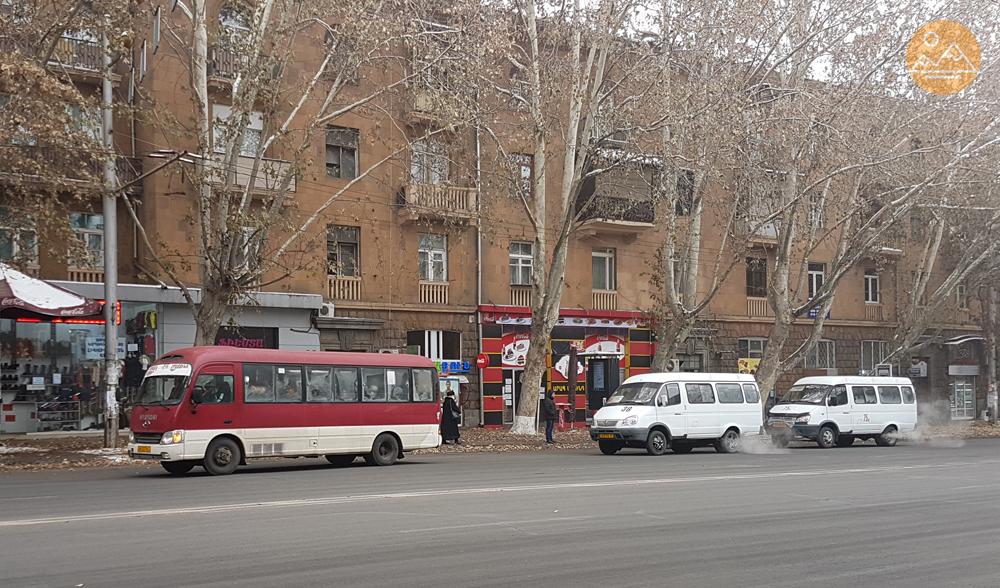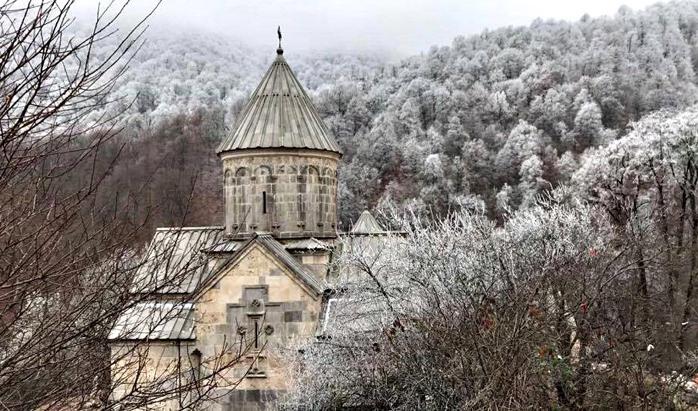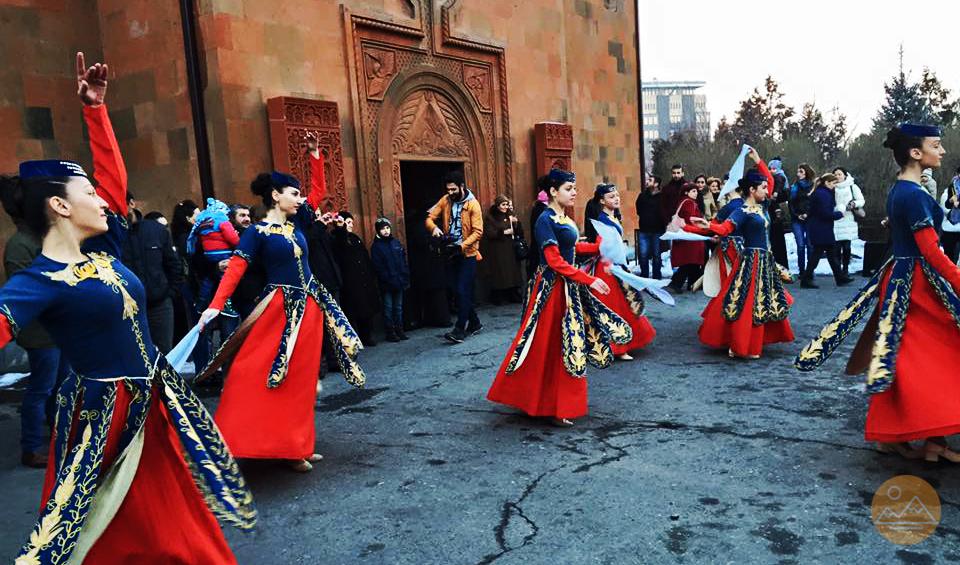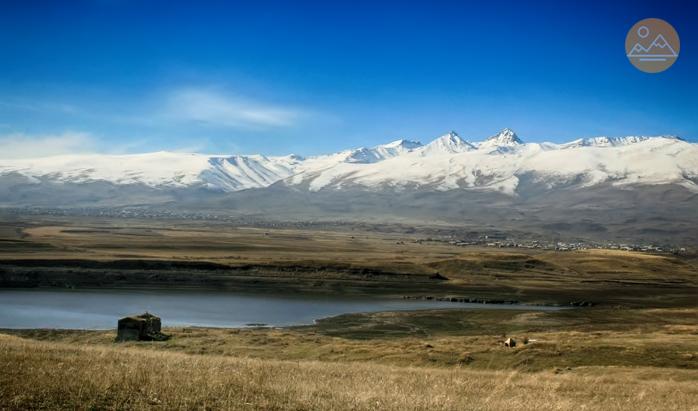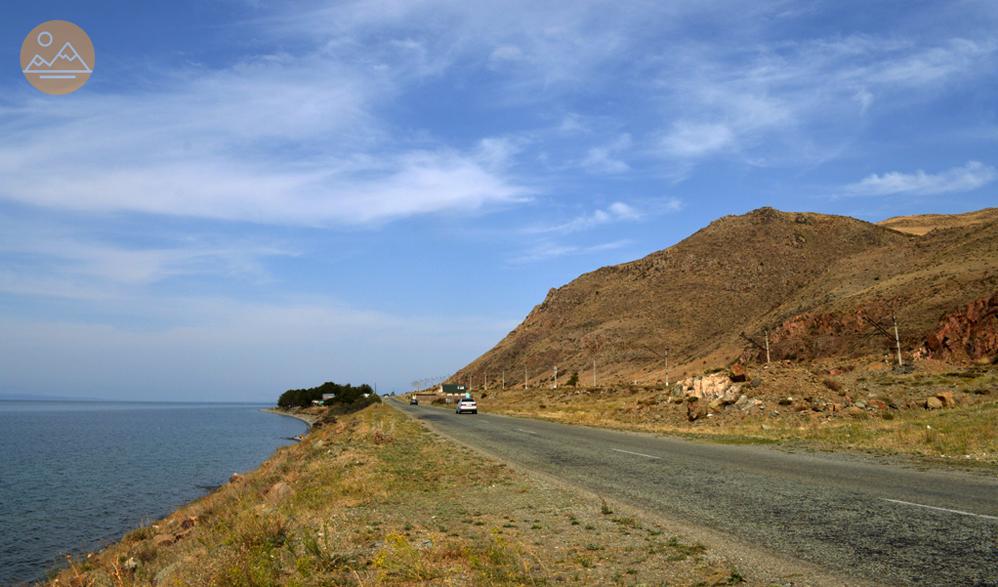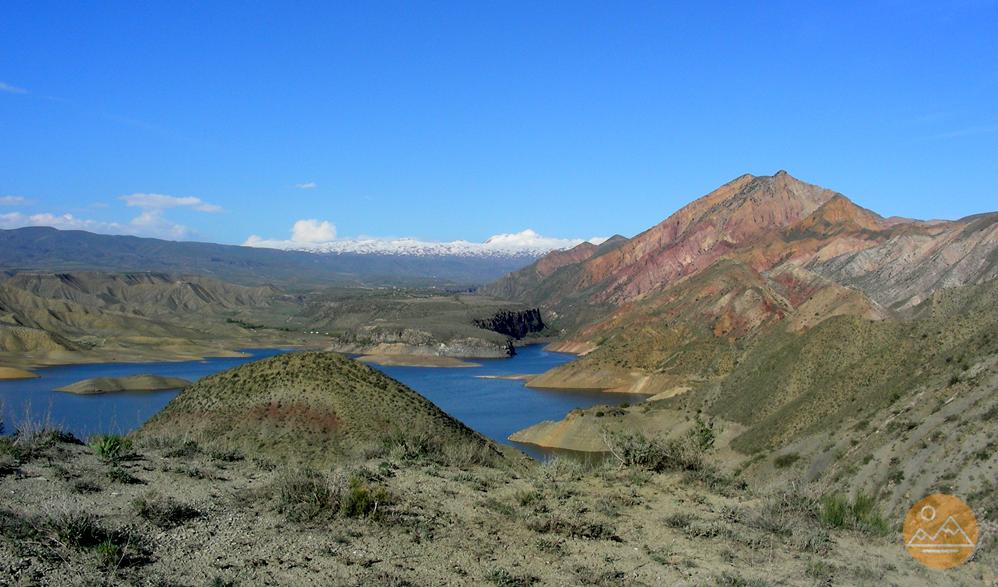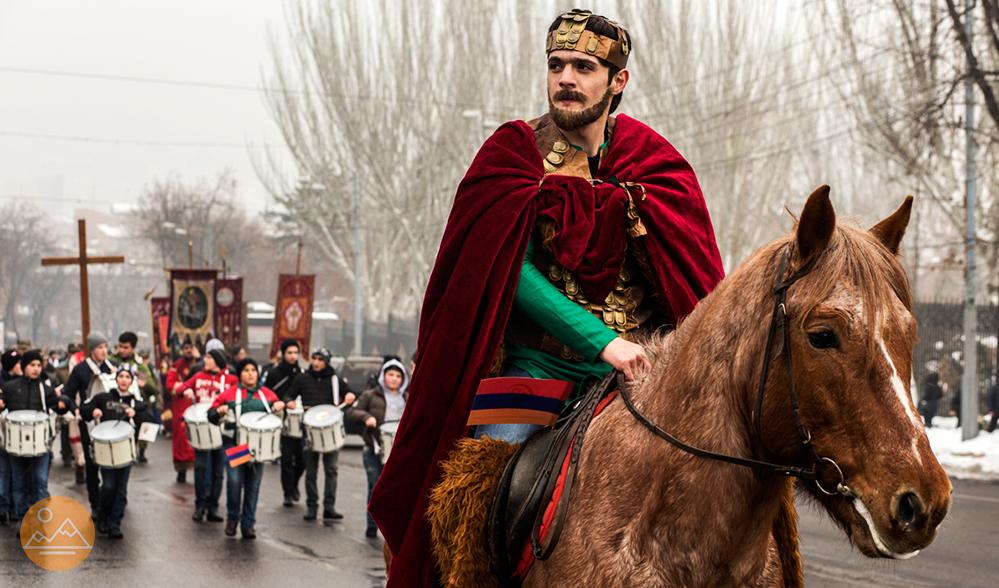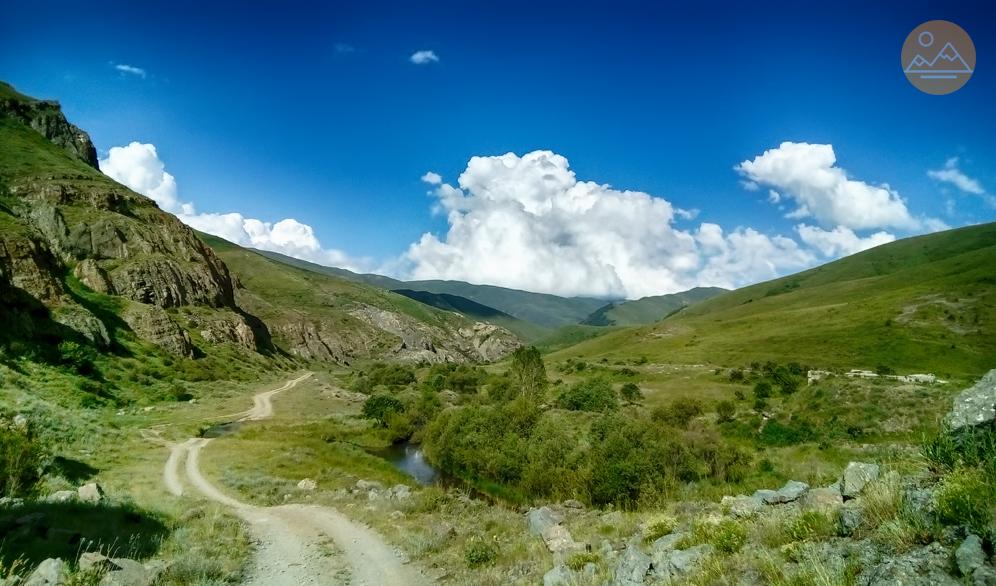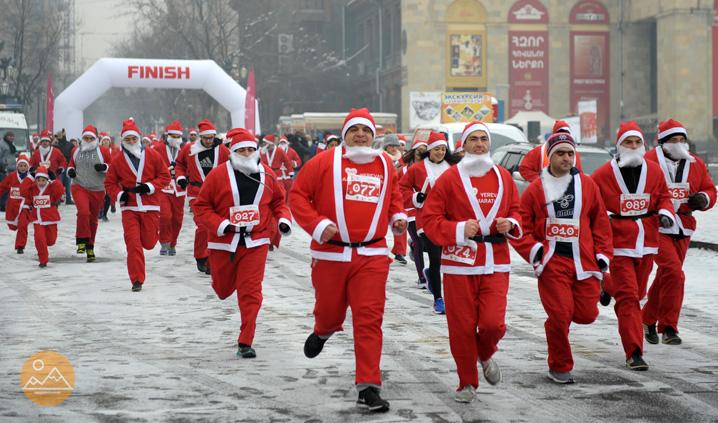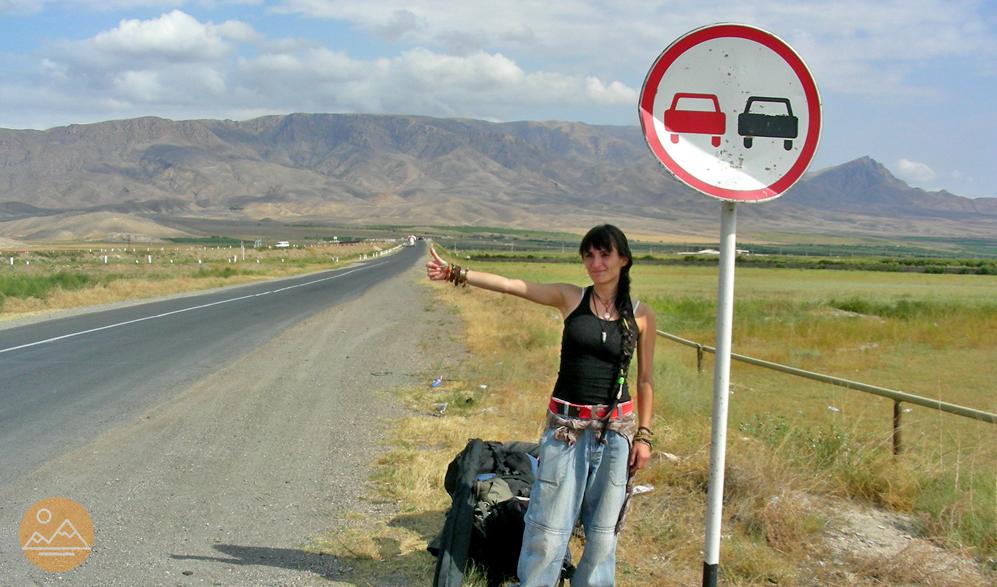-
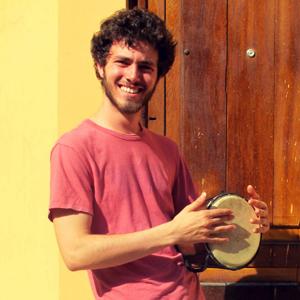 Achod Papasian
Achod Papasian
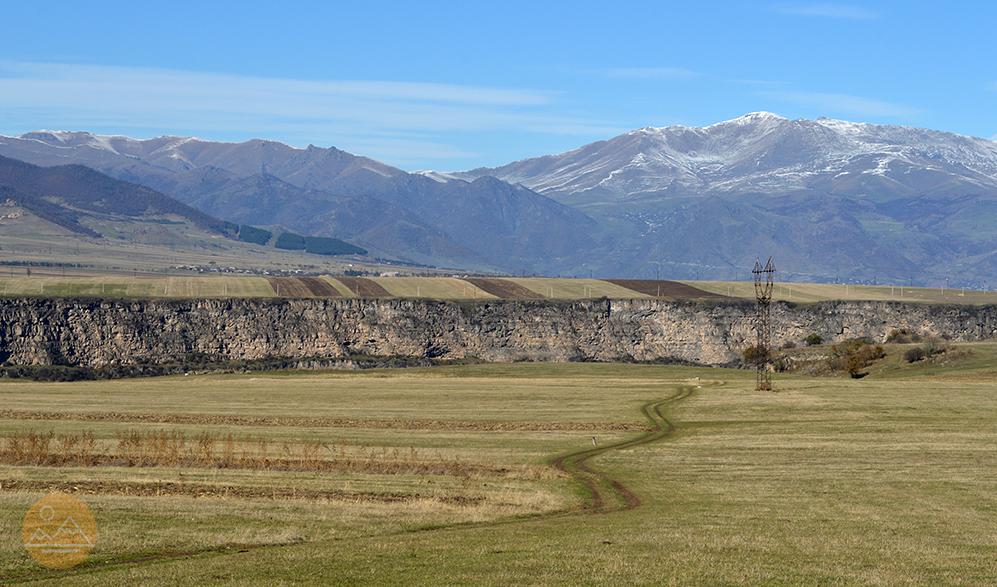
Hiking from Dsegh to Bardzrakash St. Grigor Monastery / Photo: Arty Om
A Day Trip to the village of Dsegh
Views - 2627
It was a bright autumn day, with a clear blue sky over our heads and a cold breeze hitting our faces. A great variety of sceneries unfolded before us as we walked towards the village of Dsegh – mountains, canyons, rivers, forests. Leaving the concrete walls of the city behind, we were now immersed in the vitality of the green. And above us, up in the skies, we saw a dance of eagles. We stopped to watch them, mesmerized by the silent and soothing movement, which opened up our souls.
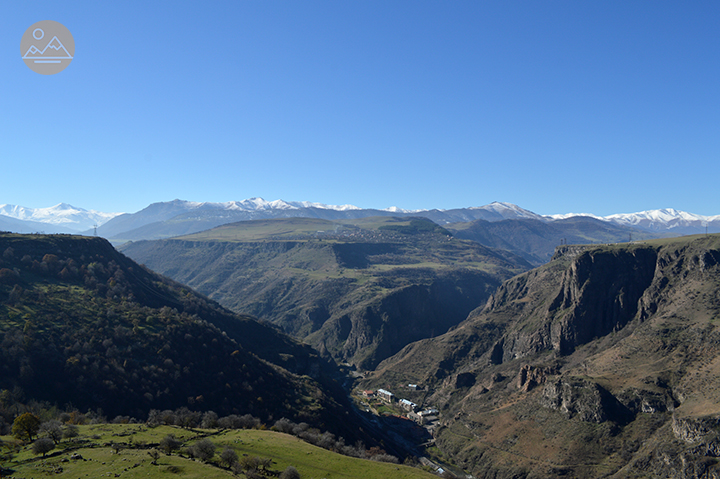
Debed Canyon, Armenia / Photo: Arty Om
Earlier that day, me and my good friend Arus took a minibus from Yerevan to the city of Vanadzor. From here, we hitchhiked to the intersection where the road leading to the Dsegh plateau starts from and then started walking the road up to the village.
I have always wanted to travel to the village of Dsegh in the Lori province of Armenia to visit the house-museum of Hovhannes Tumanyan, a prominent Armenian poet and writer. After a little research before the journey, I also discovered that the ruins of the medieval Bardzrakash St. Gregory monastery lay in the canyon near Dsegh, which was another great reason to visit the village.
The central square of the village was curiously busy for a Sunday morning. We rested on a bench, eating some local cheese and bread, and then headed for the Hovhannes Tumanyan House-Museum, a 2-storey building located not far from the square. An old lady showed us in and guided us through the museum rooms.
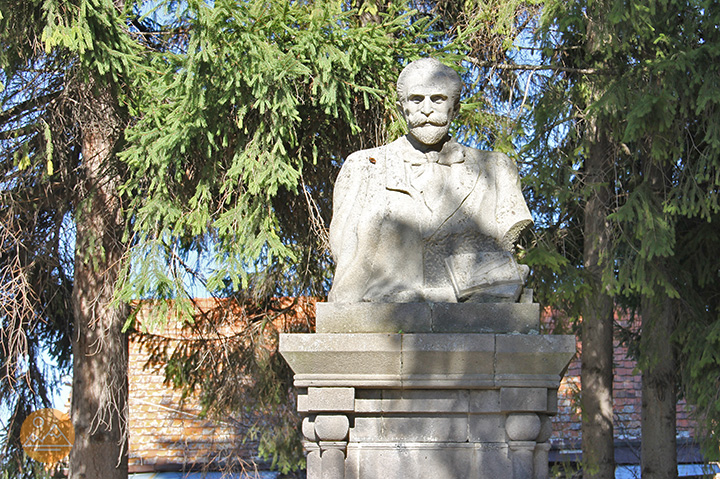
Hovhannes Tumanyan's bust in the village of Dsegh, Armenia / Photo: Arty Om
In Armenia, the concept of house-museum is widespread, and I always enjoy discovering an artist’s world through the place where he lived and the objects he was surrounded by. The ground floor of the museum consisted of the oldest part of the house, with the bedroom where the poet was born, the kitchen and the tonir (or tandoor, a traditional ground oven) room, full of traditional accessories of rural life. A large room on the first floor recreated Tumanyan's home in Tbilisi, Georgia, with his bed, his paintings and other personal effects.
In the courtyard, facing the house, stands a monument in gray tufa where lays the poet's heart. The title of another famous Armenian writer’s play, William Saroyan’s “My Heart is in the Highlands” echoed in my mind while I stood there looking at the monument.
After saying goodbye to our guide, we walked our way out of the village to visit the Bardzrakash St. Gregory monastery, situated on the other end of the plateau, down on the slopes of a canyon, surrounded by tall trees. The muddy streets of the village took us to a vast prairie, covered with a thick layer of snow. From there, we could admire the faraway mountain ranges. We soon reached the edge of the cliff, but none of us could tell exactly where we were supposed to go down, for the snow covered everything. So, we mainly relied on our intuition… and our faith! As we got deeper in the forest, we came across several khachkars. We were close to the monastery, for sure! Soon, the ruins of the Bardzrakash St. Gregory monastery emerged from behind the trees.
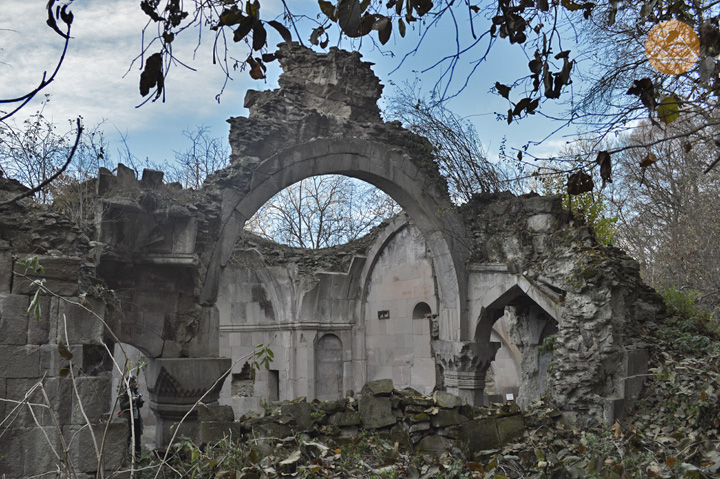
The ruins of Bardzrakash Surb Grigor Monastery / Photo: Arty Om
The impressive construction was a mix of chaos and beauty: broken arches holding each other to remain standing, crumbling walls covered with countless inscriptions and crosses, massive columns rising from wild vegetation… The edifice made one with its environment. Nature was taking over this abandoned soul, and bringing it back to life. It was a perfect illustration of the idea of resurrection, often depicted on khachkars by the ends of the cross flowering again. We were stunned by the richness of the patterns carved on the huge rocks scattered around the edifice. And on the eastern wall, we discovered the coat of arms of the Mamikonian dynasty, with its distinctive double-headed eagle.
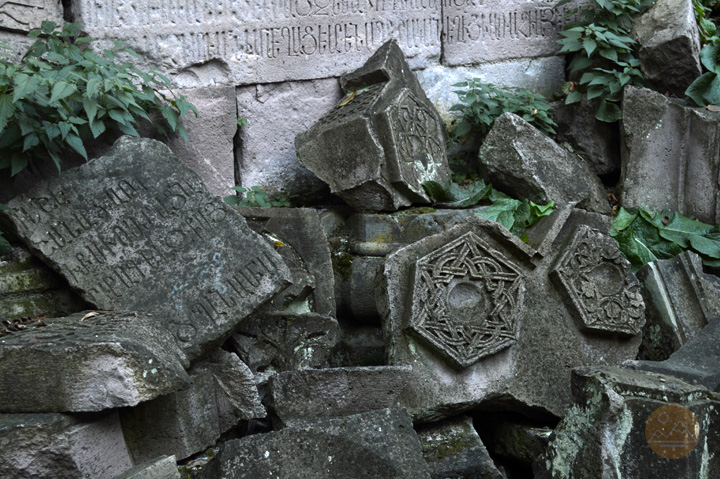
Stone carvings at Bardzrakash Surb Grigor Monastery / Photo: Arty Om
Satisfied with our exploration we decided to head back. The offline map on Arus' smartphone indicated that we were halfway to the village of Tumanyan, located down in the valley. Instead of going back by the path we came, we thought we might as well just continue our way down to the village and hitchhike from the main road. But as we walked, following the footsteps on the snow, the slope was getting steeper. We had no guarantee this path was leading to the village, so I decided to go off to check out the path… only to discover that the footsteps we were following mysteriously disappeared! I came back to join Arus, and we hurried back to Dsegh before it was too dark!
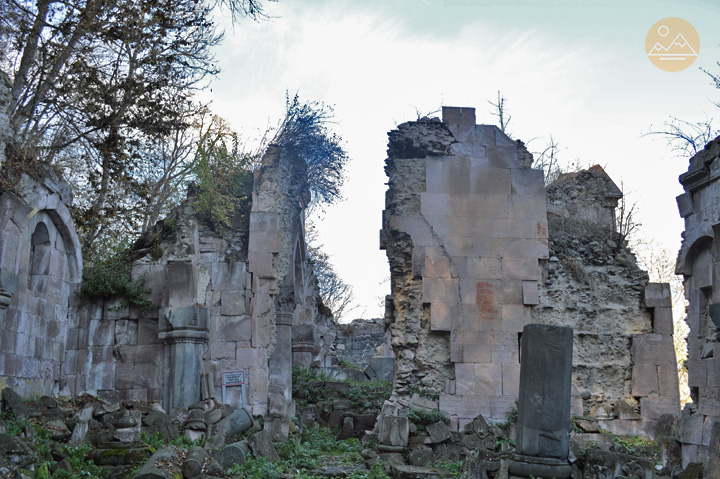
Bardzrakash Surb Grigor Monastery, Dsegh, Armenia / Photo: Arty Om
The sun had already set behind the mountains, when we reached the plateau, and the reflection of light on the clouds felt like a memory of its passage. Not long after, we got to the village, all safe and sound. A cab took us back to Vanadzor, where we sat in a shared taxi parked near the bus station. Inside was a 50-year-old lady, and the driver, who was waiting for another passenger to join before we could depart to Yerevan. But no one would show up for the next half an hour. At some point, another taxi driver approached the open window next to our driver and asked:
“Hey brother, how is everything?”
“Excellent!” answered our driver.
Arus and me burst in laughter. “Excellent?” How could being stuck in a freezing car, on a Sunday evening, at the deserted station of Vanadzor be “excellent?” But actually, he was right. After all, no word could better describe our adventures in the village of Dsegh today.
